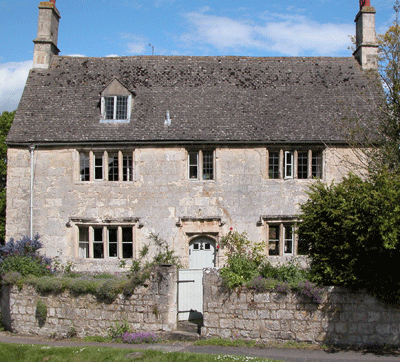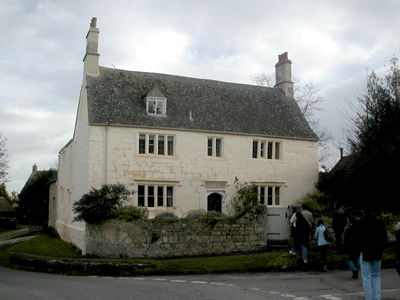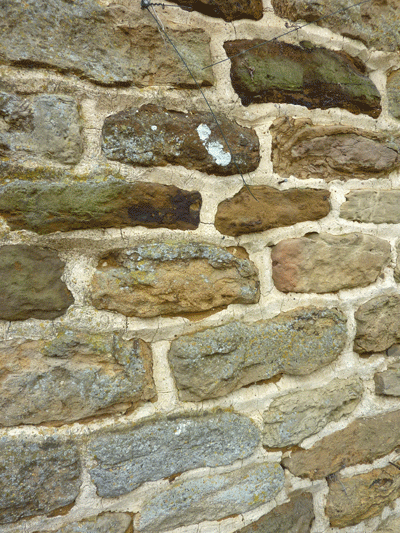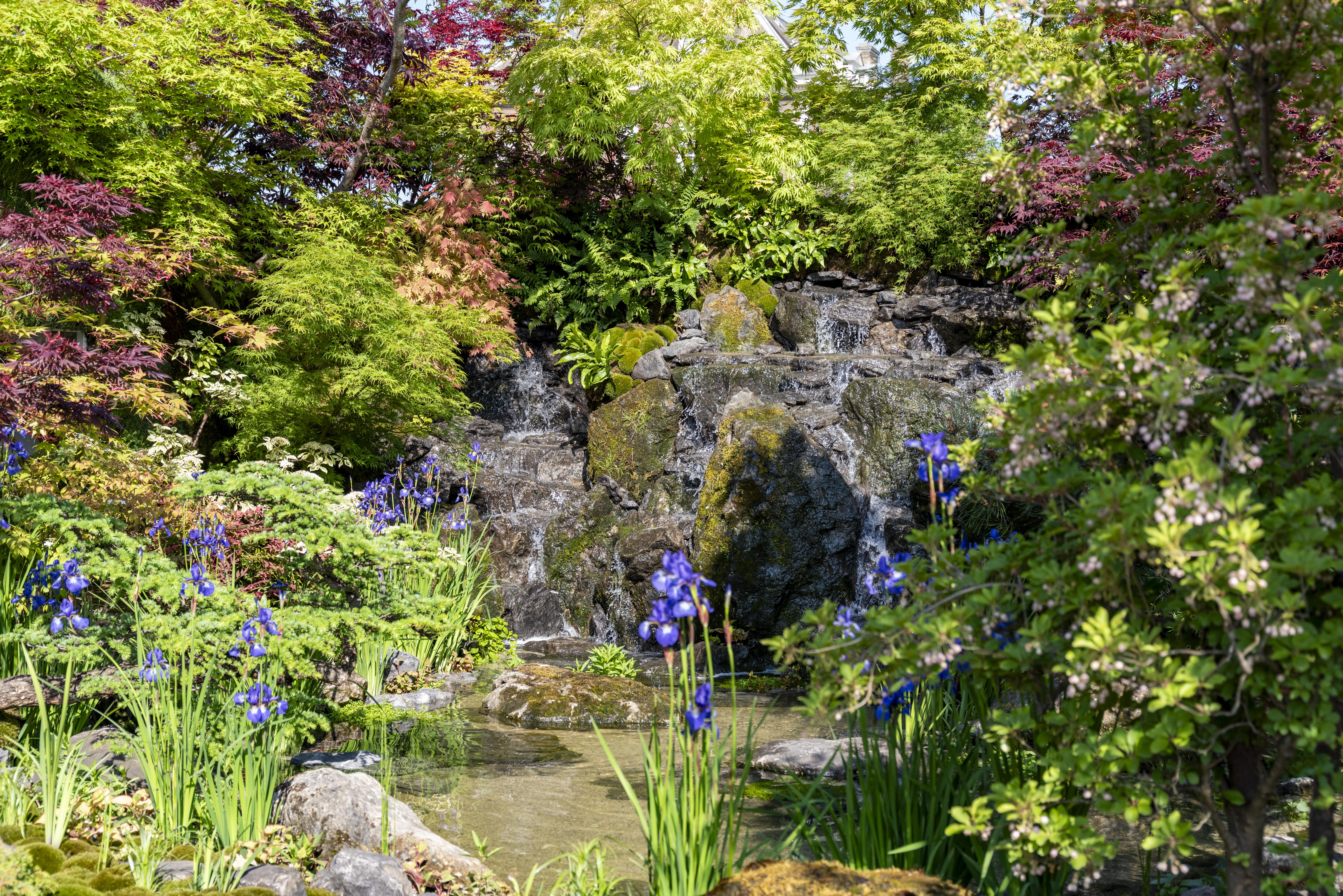How to take care of Cotswold stone
Maintaining and caring for Cotswold stone is an important part of looking after the heritage of your Cotswold property as it’s invariably a great element to a house’s appeal

What attracts us to the rural idyll of the Cotswolds? The attraction of a stone cottage in this beautiful countryside is hard to resist. Stone buildings in the Cotswolds embody the best English traditions of craftsmanship and ordered beauty. Nothing gives our landscape such richness, individuality and charm as these local building materials.
It was once common for each village to have its own quarry. Some, such as Headington, became famous in their own right and exported stone country-wide. Stone was used locally as transport costs were high and roads poor. Some stone was more useful for different purposes than others; the prime example being Stonesfield Slates, where the stone was more suited to roofing slates than building stone. Poor quality stone would be used for field boundaries which gives the countryside the character so much beloved of this area.
Most of the cottages we admire in the Cotswolds date from the building boom of the late 17th and early 18th centuries. Even stone decays over time. Cotswold stone is a limestone and is affected by pollution often referred to as acid rain, where the surface of the stonework decays due to chemical change and forms a dirty crust. This black staining is visible wherever walls were more sheltered and the rain couldn't wash the pollution away.
Many cottages were originally protected by a coating of limewash often mixed with pigment and other additives such as linseed oil, tallow and animal fat. It is still possible to see traces of this on many Cotswold cottages. This was applied at regular intervals and helped to protect the stone from decay.

However, fashion and a shortage of labour after the First World War caused this technique to fall into disuse. This has exposed stonework to weathering and decay over the last 100 years where it would otherwise have been better protected. Recently lime washing has undergone a resurgence.

One of the main issues with stone cottages is the type of re-pointing commonly used. Cottages were all built in lime mortar, often little more than local mud, sand and burnt limestone - no cement. However, many cottages have been re-pointed in hard, dense, cement mortar, often with a rather terrible ribbon detailing.

Limestone will decay much quicker if cement mortar pointing is present. Water cannot evaporate so easily out of the mortar and is concentrated in the stonework which then decays. Expensive stonework replacement is usually the only course of action - unless of course limewashing is adopted.
Sign up for the Country Life Newsletter
Exquisite houses, the beauty of Nature, and how to get the most from your life, straight to your inbox.
Often I see reports where recommendations are made to completely re-point. This is rarely necessary. Never wholesale re-point a cottage. Pointing contains a multitude of information about the history of the cottage. Pointing should always be slightly recessed from the surface of the stone unless of course you want to apply lime wash to the wall, in which case a flatter surface, almost buttered over the stonework is required to give a smoother uniform appearance.
Stonework needs protection and a good roof overhang will provide this. Thatch gives the best protection, overhanging by as much as 2-3 feet in some cases. However, many roofs have tiles and stone slates. Here it is very important to keep gutters and downpipes in good order. Constant wetting causes decay and where beams are built into walls can often lead to death watch beetle attack and expensive repairs.
Martin Hall is a Chartered Building Surveyor practicing in the Cotswolds area. www.hallandensom.co.uk.

This is an article from ProjectBook which provides a wide range of information for the conservation, restoration, care and repair of period and listed buildings. Hall and Ensom is a member of the Heritage Register which contains over 500 vetted craftsmen, contractors and consultants from all over the UK. Updated daily with new content, the website features the heritage register, a products directory, informative articles, current news, events and more. For more information, visit www.projectbook.co.uk.
Country Life is unlike any other magazine: the only glossy weekly on the newsstand and the only magazine that has been guest-edited by HRH The King not once, but twice. It is a celebration of modern rural life and all its diverse joys and pleasures — that was first published in Queen Victoria's Diamond Jubilee year. Our eclectic mixture of witty and informative content — from the most up-to-date property news and commentary and a coveted glimpse inside some of the UK's best houses and gardens, to gardening, the arts and interior design, written by experts in their field — still cannot be found in print or online, anywhere else.
-
 Diamonds are everyone's best friend: The enduring appeal of one of Nature's sparkliest treasures
Diamonds are everyone's best friend: The enduring appeal of one of Nature's sparkliest treasuresEvery diamond has a story to tell and each of us deserves to fall in love with one.
By Jonathan Self Published
-
 RHS Chelsea Flower Show: Everything you need to know, plus our top tips and tricks
RHS Chelsea Flower Show: Everything you need to know, plus our top tips and tricksCountry Life editors and contributor share their tips and tricks for making the most of Chelsea.
By Amie Elizabeth White Published
